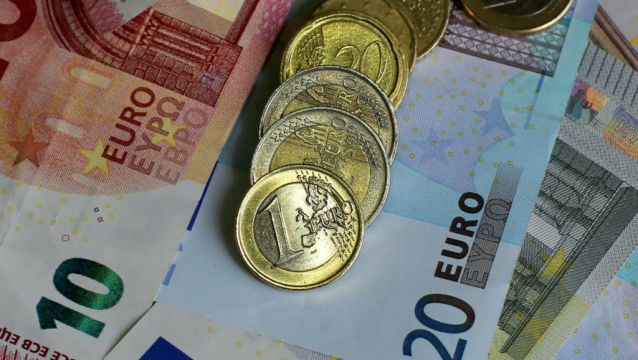Consumer prices across the 19 countries that use the euro currency are rising at a record rate, official figures show.
Eurostat, the European Union’s statistics agency, said the eurozone’s annual inflation rate hit 4.9% in November, the highest since records began in 1997.
This was largely as a result of a huge spike in energy costs and up from 4.1% the previous month, which was the previous record high.
Like others, the eurozone, which is made up of 19 economies including France and Germany, is enduring big price hikes as a result of the recovery from the coronavirus pandemic and blockages in supply chains.
The core inflation rate, which strips out potentially volatile items such as alcohol, energy, food and tobacco, also spiked higher in November to an annual rate of 2.6%, from 2%.
That points to the headline rate already having second-round effects, through higher wages, for example.
Euro area #inflation up to 4.9% in November: energy +27.4%, services +2.7%, other goods +2.4%, food +2.2% - flash estimate https://t.co/akdo6EUq8b pic.twitter.com/PkNsUmYd7F
— EU_Eurostat (@EU_Eurostat) November 30, 2021
The increases, under normal circumstances, would likely pile the pressure on the European Central Bank to start considering the prospect of raising its main interest rate from a record low of zero. The bank is tasked with setting policy to meet a 2% inflation target.
However, the recently discovered Omicron variant of the coronavirus has prompted some uncertainty over the global economic outlook, and as a result, central banks around the world are expected to hold back from announcing any big policy changes soon.
Many economists think the inflation spike over recent months will reverse next year as base effects linked with the sharp fall in prices during the pandemic last year, primarily of energy, are stripped out from annual comparisons.
Records started being compiled two years before the actual launch of the euro in 1999, which fixed Europe’s many currencies such as the French franc and the German deutschmark. In 2002, euro notes and coins first came into speculation.







